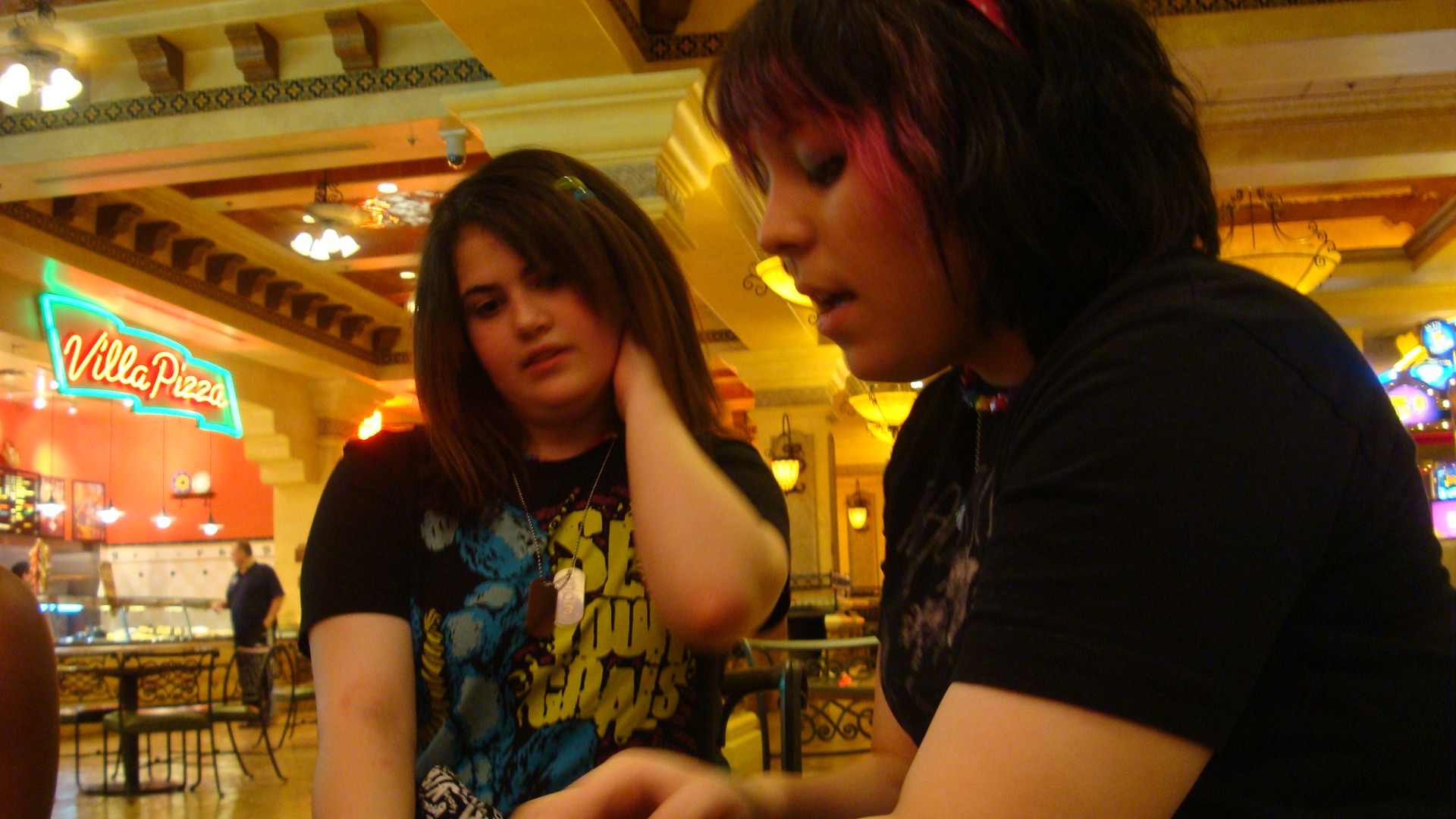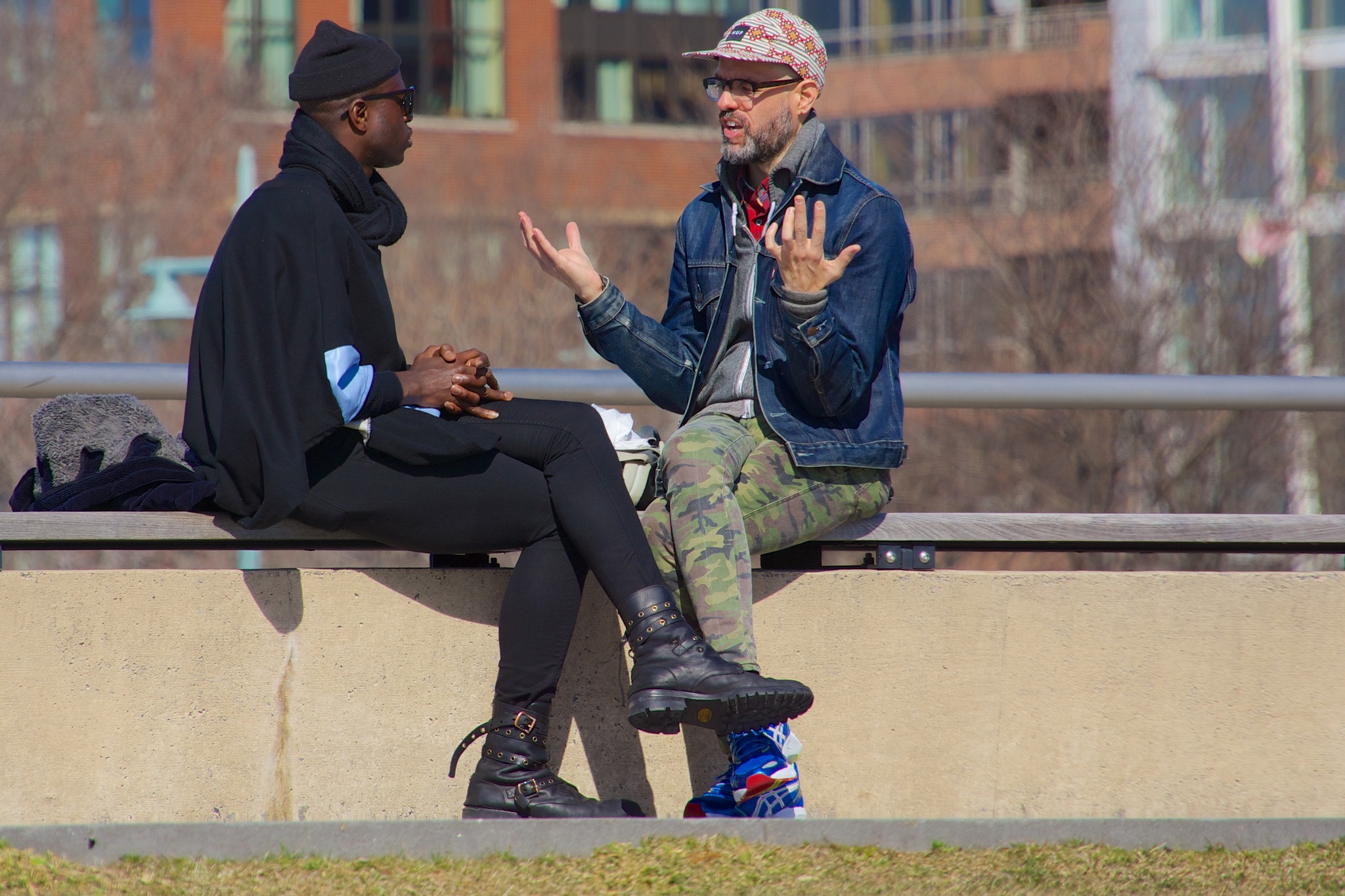Not only does it hurt to be lied to, but it can put you at a disadvantage since you’ll have false information, which ultimately affects your decision-making. Lying for personal gain or gratification is a dishonest personal trait and stamping the lies out earlier in your relationship with a person who is in communication with you will save you a whole lot of stress down the line. Infidelity, cheating spouses, and raw dishonesty are some of the most anger-inducing experiences you can encounter because trust is key to good relationships. Whether it’s a trusted friend, a new acquaintance, or a stranger on the street, being lied to can injure your pride and ego. It can mean the difference between getting a job, spotting a cheating spouse, being at the right place at the right time, or preventing a plethora of unfortunate events if only you had the accurate information you needed. Forensic psychologist Dr. Leanne ten Brinke, along with her collaborators Dayna Stimson and Dana R. Carney from the University of California, Berkeley, in their study on lie detection say we have good instincts at spotting at a liar, but our logical judgments let us down. “Despite the obvious advantage of detecting lies accurately, conscious judgments of veracity are only slightly more accurate than chance.” Computer scientist Rada Mihalcea developed a program that analyzed people who lied in court. She found there are clues that humans give naturally when they deceive, but we’re not paying close enough attention to pick them up. Here are four secret body language signs that you can use to tell if someone is lying to you, allowing you to extract accurate information during the conversation, decide whether this person has your best interests in mind, and possibly encourage authenticity.
1. Watch Their Eye Movement
When a person lies, they utilize the opposite side of their brain from the side used to remember a factual event. A person’s eyes shift in the direction of the side of the brain that is being used when they answer a question. You can use this to spot someone lying by watching his or her eye movement shift when answering a question. Of course this is no guarantee to indicate that the person may be lying, though deciphering the lie a person is telling, will depend on the direction their eyes will start to move. For example a visually constructed image will often cause a person’s eyes to move up and to the left as they create the image using the left side of their brain constructing an image purely of their imagination. Whereas if they were to construct an image from their memory, their eyes will move up and to the right as they access the memory center of their brain. When asking someone to recall auditory events, the same rules apply although their eyes will be more centered rather than up, with a left movement indicating a fabricated auditory moment and the right being based off memory. So while movement of the eyes doesn’t instantly indicate a lie, it can indicate whether their answers may be of their own construction or based from memory.
2. Examine Their Facial Ticks
First impressions are often lasting impressions. We unconsciously use what social scientists refer to as “micro-expressions” like momentary facial ticks to quickly understand someone. A true emotion will usually affect both sides of a person’s face equally. When a person smiles, look for facial symmetry, as this will indicate a genuine emotion. If a person is faking a smile they will hold that smile, thinking about it rather than feeling it. A fake smile can also be spotted when a person is using just the muscles of the mouth rather than their whole face as though they would with a genuine smile. This indicates that they are simply just trying to put on a smile while not realizing that a smile encompasses so much more than the muscles of the mouth. An even more obvious tell is for a person to subconsciously start biting their lips. This is an indication that they are hesitant to speak the words that are coming out of their mouth and is a bodily reaction to prevent the individual from speaking a lie. It could also be seen as a nervous habit displaying the unease the person may be feeling when providing you with false information.
3. Look for the Nervous Tell
Generally, when a person lies they usually manifest outward nervous signs unconsciously, like fidgeting. Through this, their brain is trying to misdirect your attention, so as not to give away their guilt. Though some people are nervous by nature and fidget a lot anyway, you need to look for an increase in their normal behavior. Liars often try to hide or direct attention away from their body to avoid giving away too much information. When confronted with a question they may stand to the side of you or find ways of reducing their profile. These fidgeting tells could be unnatural movements which make them appear uncomfortable in the situation such as turning their head away, hiding their face with their hands, touching an external object or any movements which will take attention away from their eyes and face to prevent the other tells from being exposed.
4. Read Their Hand and Arm Gestures
When a person lies they tend to keep their hand and arm movements close to their body, keeping everything compact and close-in, as though they are overcompensating in attempting to assert control. The biggest, most obvious tell that a person is lying is when they put their hand to their face in some way (rubbing their nose, tugging their ear lobe, rubbing their eyes or forehead) when answering a question or describing an event. This is not only an indication that they might be nervous about providing those answers, it is a subconscious technique to cover their mouth, eyes, and face to prevent giving away further information displayed on their face, though this in itself is a strong indication of a lie. I hope these four body language signs help you build your relationships. Let these be another tool in your arsenal of communication to encourage authentic communication rather than using a tell as leverage to undermine another person. Featured photo credit: @yourdon on Flickr via flic.kr



